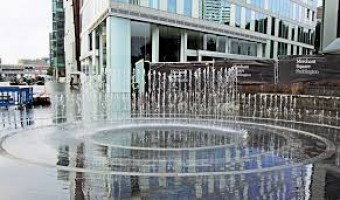Past and Present - Away from It All
A short trip up the Northern line to Archway station leads you to a neighbourhood rooted in history. The aptly named Highgate gets its namesake from the Bishop of London’s hunting grounds, which featured a deer proof gate that surrounded it. Today, it serves as a quiet gothic oasis away from the hustle of Central London. Famous films looking for gothic backdrops have filmed here including Shaun of the Dead. Travellers looking for a taste of the past and architecture should look no further.
Highgate Cemetary
The main attraction is the beautifully melancholy Highgate Cemetery. It is split into two distinct sides. The West Cemetery can only be visited by private tour. The East is four pounds for adults but can be freely roamed once paid for.
Its most famous resident is none other than Communist Philosopher Karl Marx. His tomb is a commanding presence. It features a large bust of his head on top of a crypt emblazoned with the words: “WORKERS OF ALL LANDS UNITE”.
All the lands are indeed united. The grave of an Iraqi Communist Leader lies right next to the grave of an unnamed marble grave reading “D E A D” in descent from the top left to the bottom right. Graves lie on misbalanced hills looking oddly peaceful. It projects a sense of the equality of death. Just how Marx would have wanted it.
Sushiwa
Food lovers should stop by Sushiwa for lunch after a trek through the Cemetery. Visitors can elect to go with the chicken udon soup for £7.25. The thick buckwheat noodles give the soup heart while the chicken broth combats a frigid winter day. Fresh seaweed and spinach add a needed crispness. A variety of lunch specials under the £10 mark exist including bento boxes, ramen and katsu chicken. While unimposing from the outside, the inside is marked by warm colours and friendly service.
Highgate Bookshop
Across the street from Sushiwa sits a modern bookshop with a brilliant green exterior. The cozy interior is well organized with an array of non-fiction, fiction and biographies. It is a welcome sight that serves as a brilliant halfway point for a now fed traveler. While inside, visitors should grab a book of poems from Samuel Taylor Coleridge to set the stage for the church to come.
St. Michaels Church
This Victorian era church was erected in 1832. A long path leads to the church and its imposing red door. Samuel Taylor Coleridge, one of the leaders of the Romantic movement of poetry, remains were reburied here in 1961. He spent his last years recovering from an opium addiction in Highgate. His lonely and introspective poetry makes this a perfect resting place. The spire of the church seems like Coleridge himself quietly reflecting on his life’s work. Perhaps he is glancing down at the Cemetery and smiling with Marx.
St Joseph's Church
On the walk back to the station, the iconic green copper dome of St. Joseph’s Church will catch your eye. This is no accident. The cross on the top of its spire measures in at 130 feet above St. Paul’s. This place of worship takes up an entire city block and its Byzantine architecture is striking. It serves a proper landmark for the entire neighbourhood and a great sight after a day of travel.
Whether a fan of Coleridge or Marx, a visit to Highgate gives context to a London of the past. It is easy to stay within the friendly confines of King’s Cross, but a different experience lies just up the Northern Line. Take time to look around and feel the energy of London’s gothic past in a place where everything moves just a tad bit slower.
 Guide to Highgate
Guide to Highgate


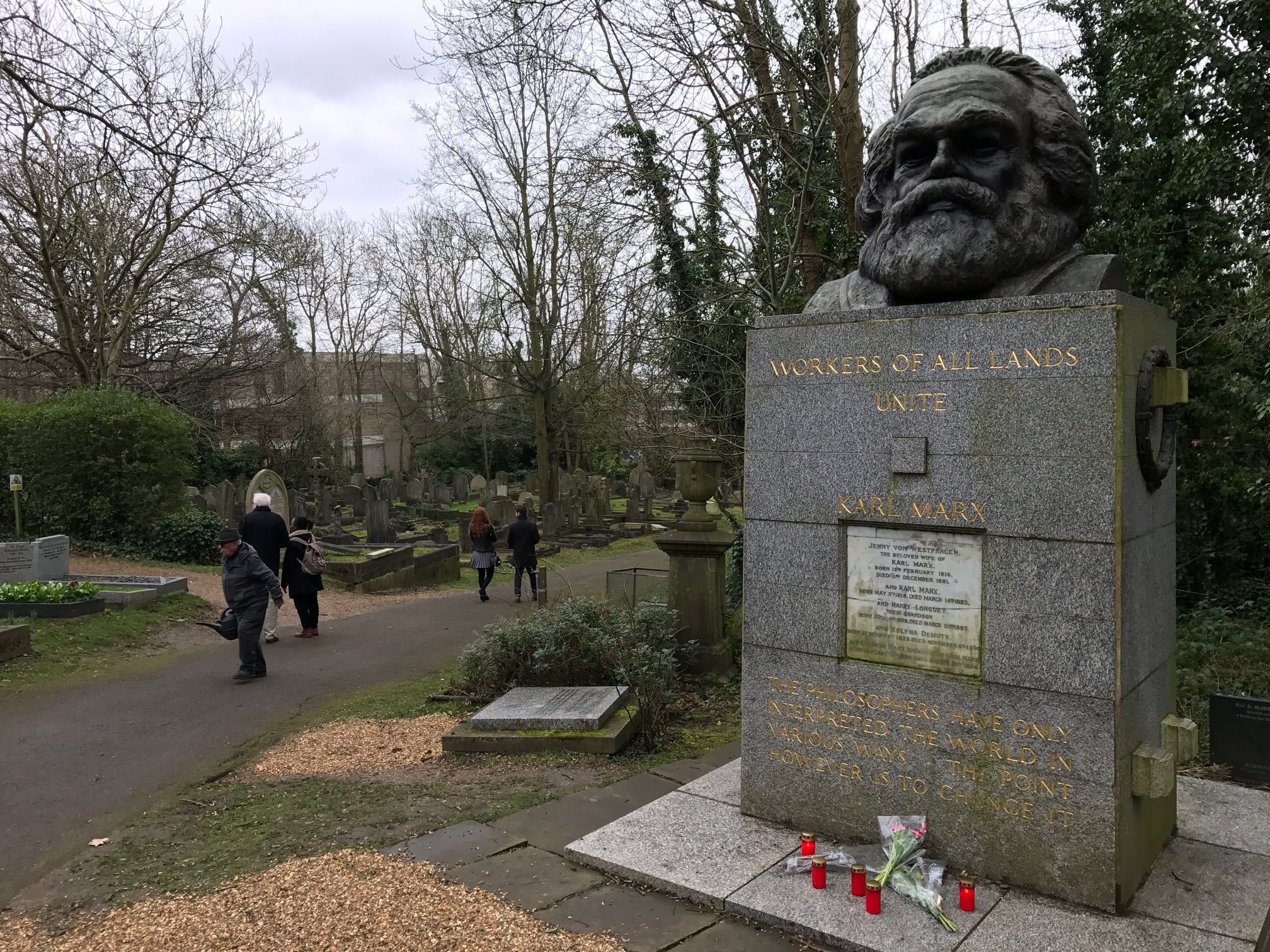
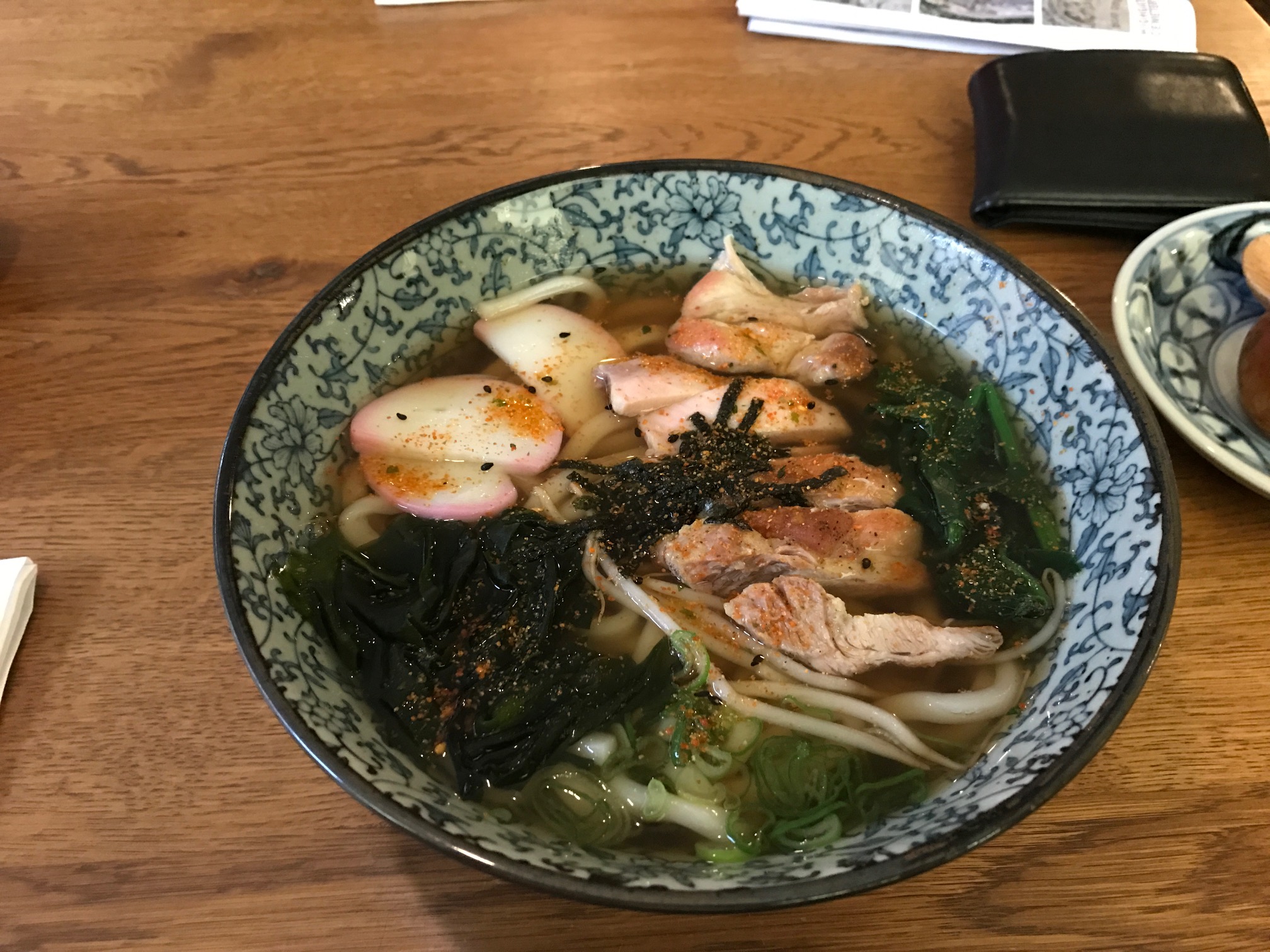
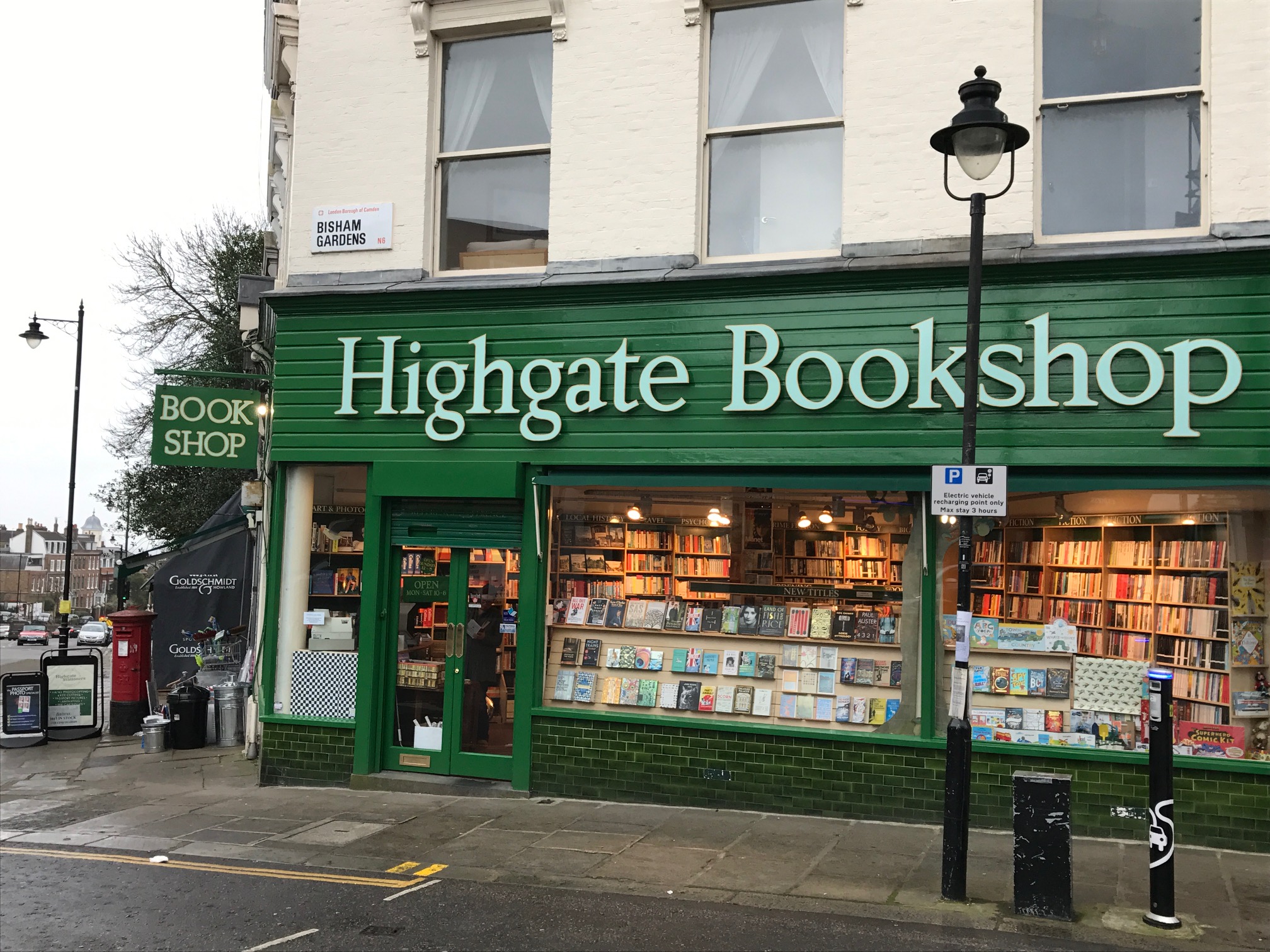
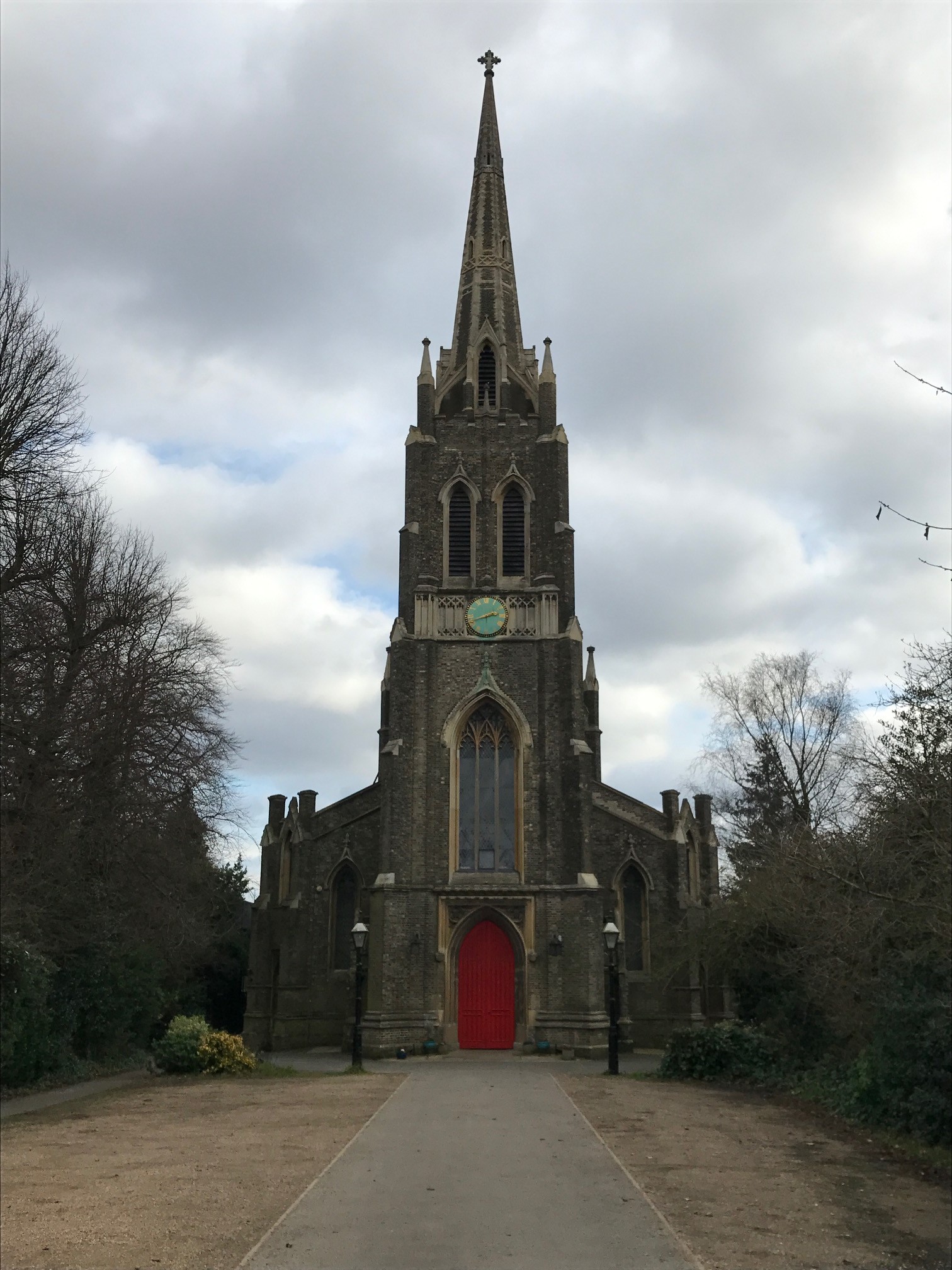
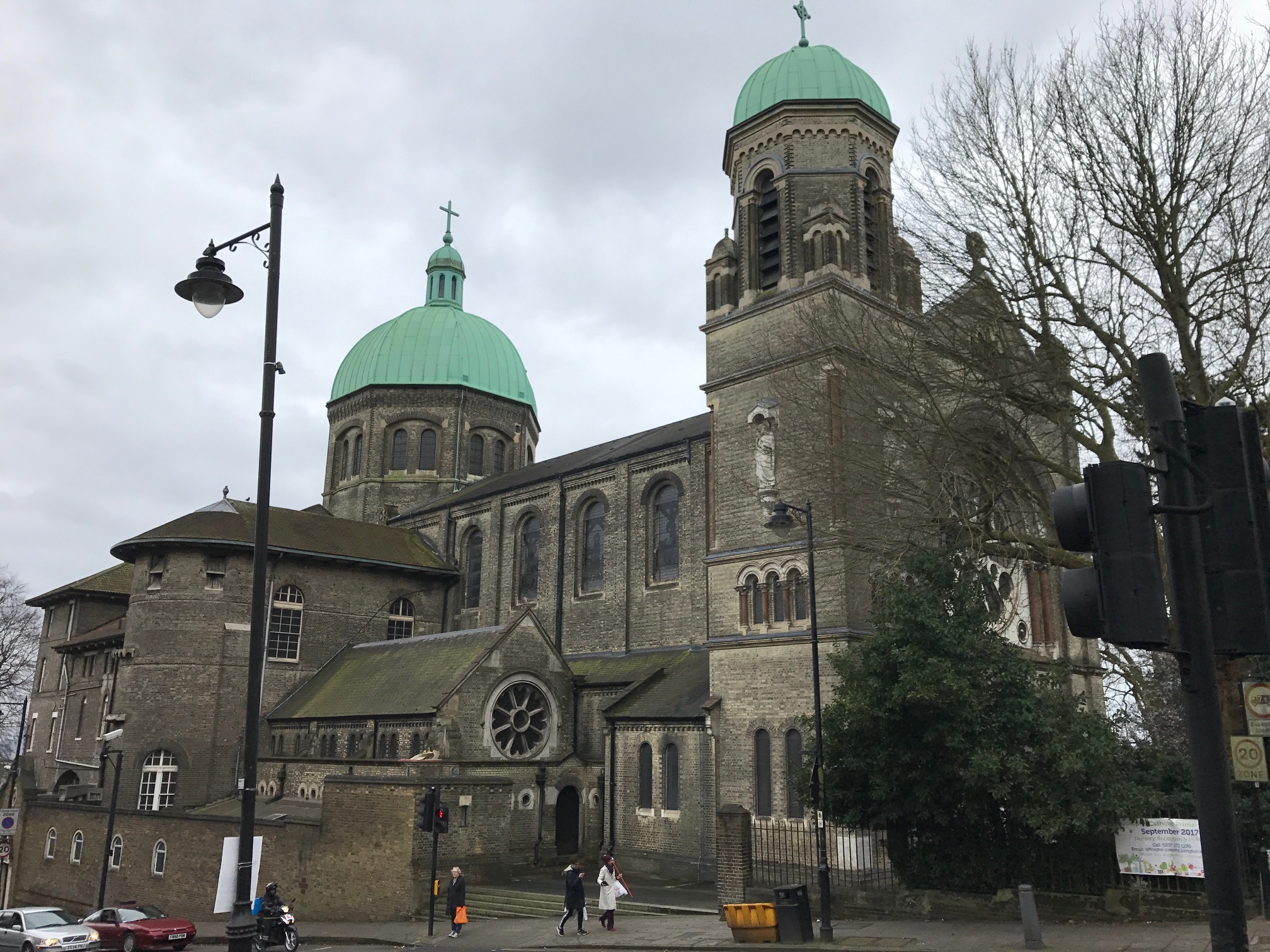
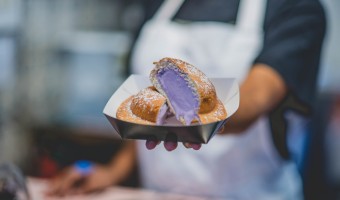
.jpeg)
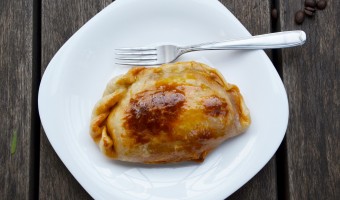
 Load more triptoids
Load more triptoids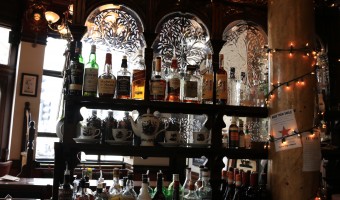
.JPG)
